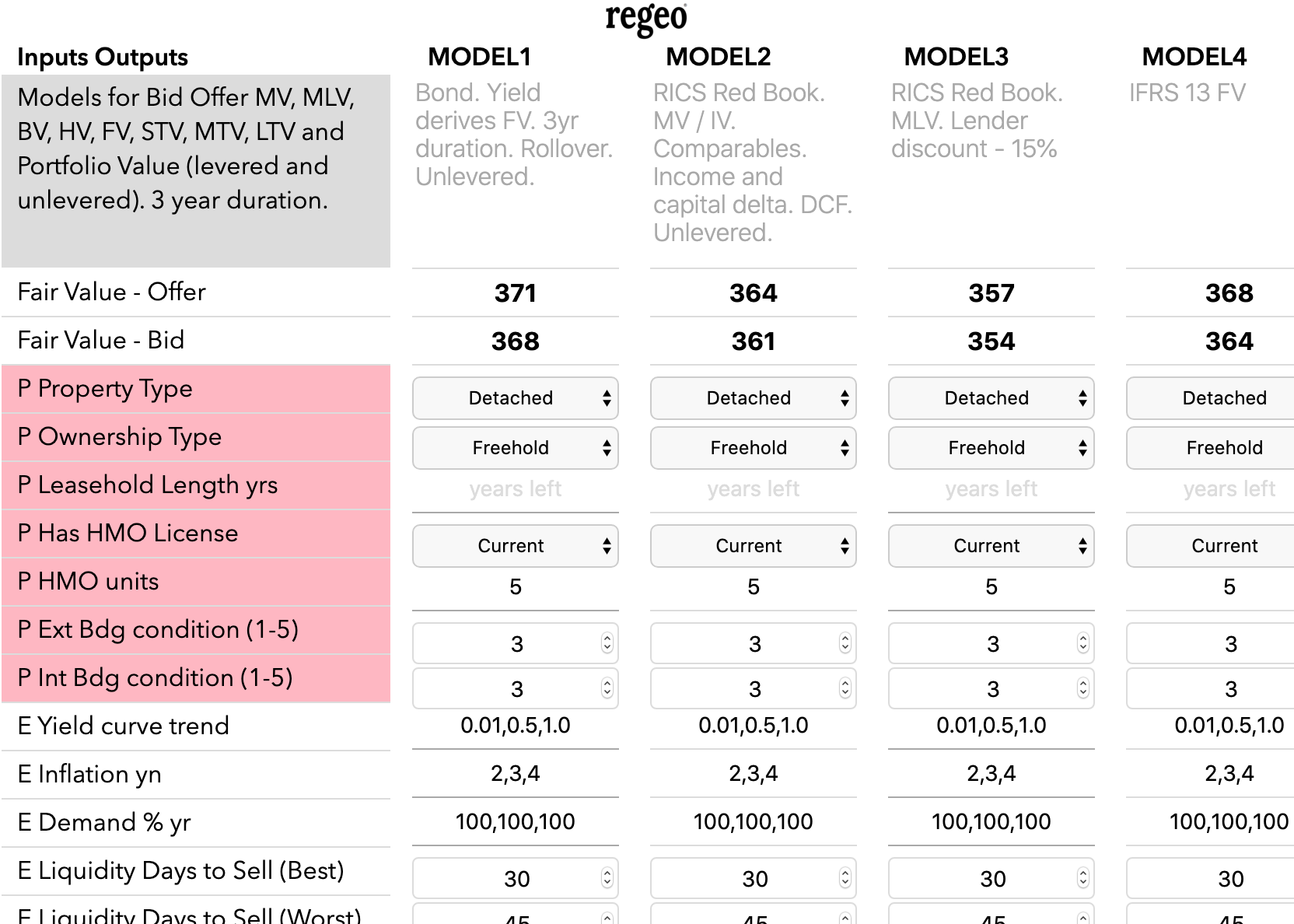
How do you value residential property?
Ask an Estate Agent. They, like other valuers, are trained to value properties. However, it is not a science as can be seen from the asking prices on say Rightmove and the actual price paid as recorded on the UK government’s Land Registry - there can be quite significant differences. Demand and supply and haggling are the reasons.
An easy way to value a property is to find the surrounding area’s £ / sq ft and multiply by the square footage of the property. This method is used all over the world. It is known as comparable valuation where similar properties are compared to the one being valued. The key problem is the word “similar”. The UK has a high rate of Victorian and Edwardian properties that have very similar footprints so as long as there has been sales in, say, the last 10 years, the valuations can be quite accurate. However, for new builds or converted and modified properties other factors come into play like location.
This is where we start seeing assumptions and finger in the air valuations appearing.
Guiding principles and standards help valuers establish a “worth” of the property. The last version of the infamous RICs Red Book came out in 2017 and gives guidance and protocols on valuations which are often performed manually.
Automated valuation modelling (AVM) techniques have been around for many years and many valuers use them. However they came into disrepute after 2008.
AVM’s and the 2008 crash
“Automated valuation model (AVM) is the name given to a service that can provide real estate property valuations using mathematical modelling combined with a database. Most AVMs calculate a property's value at a specific point in time by analyzing values of comparable properties.” (source: investopedia)
Using hedonic regression, lots of public and proprietary data, and modelling algorithms on individual properties of baskets of properties, technological solutions can be shown empirically to be more accurate, faster and cheaper.
AVMs were unfortunately abused, as we saw after the 2008 crash where valuations of baskets of mortgage derivatives were biased and relied on paying third parties to rate the valuations on them.
Today, AVMs are used by many Lenders, and hence valuations are biased towards MLVs. However, the covid-19 lockdown has created new opportunities to reduce time and costs and AVMs, like Regeo’s which can value single or multiple properties using big data and modelling many assumptions and more importantly producing multiple outputs, have moved on to make the drive buy valuations a thing of the past.
The “use” of the property has a huge impact on the value of a property. The type of buyer or seller also does. However, most AVMs and RICs based valuation is based on vacant possession, whereas rental properties which are more like investment bonds are ignored.
Example
Here is an example. If you expect a 5% return from £100,000 then £5,000 is what you expect to be given after 12 months. With bank interest at near zero, savings rates are near zero, 5% could be seen as a high risk reward in today's markets. However, 5% is what you expect. Consequently you buy a rental property (in an area of high demand and rising rents) for £100,000 and after all expenditures return 5%. Happy days.
If the general wall of stock market money (e.g pension funds) requires a 3% return then if they bought your £100,000 property, would enjoy an extra 2%. Happy days. However, just like with corporate and government bonds, other market buyers would want to get in on the act and would push the price up to get the market expectation of 3% on their capital. Consequently they would pay £167,000 (Return / Price = Expected return : £5,000 / £167,000 = 3%).
What would the valuer say?
The valuer would, depending on who was paying them, use the old fashioned techniques of comparing to other properties in the area and value the property at £100,000 - for vacant possession. Many valuers are paid by Lenders such as banks who want low values as this is less risky. However, given many properties are held by investment vehicles, the owners would value at the higher rate of £167,000. This is actually how commercial property is often valued.
Obviously there are many assumptions on the rental returns being generated (just as there are for bond coupons and indeed corporate rents (source: Land Securities / BBC) ) and getting the capital back in whole, but this illustrates how the AVM models are not working to today’s market, especially in the UK.
Demand and supply is how the world works. Demand for vacant possession properties and demand for rental properties have different supplies and should be priced accordingly.
Reference - International Guiding Principles
Source: RICS Red Book (pdf) which is based on IVS Standards 2017
